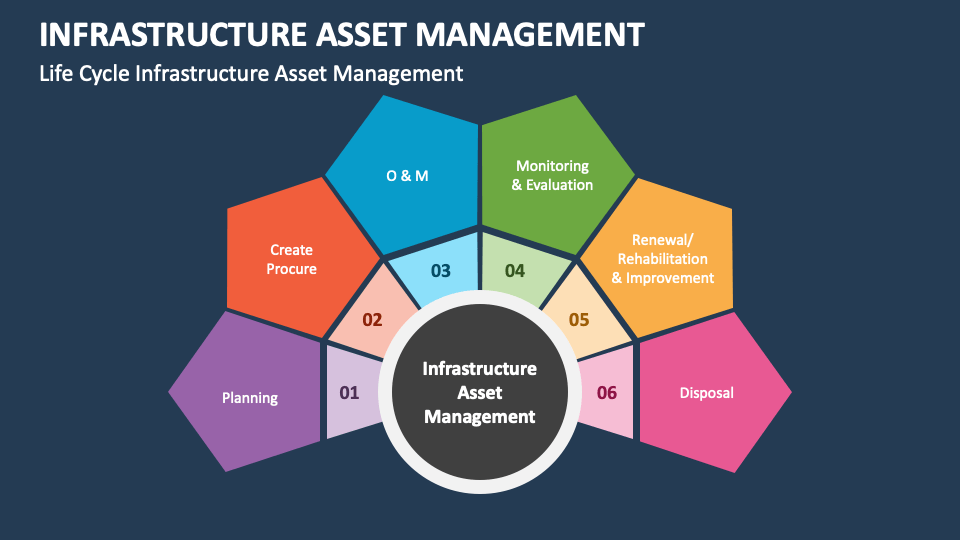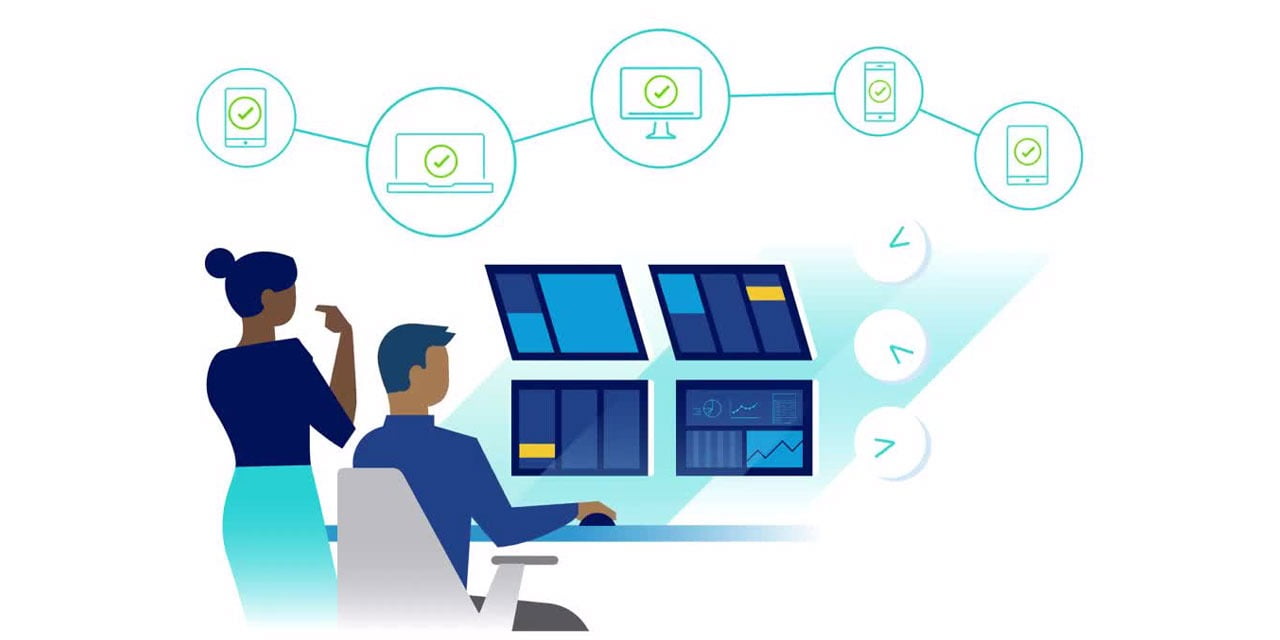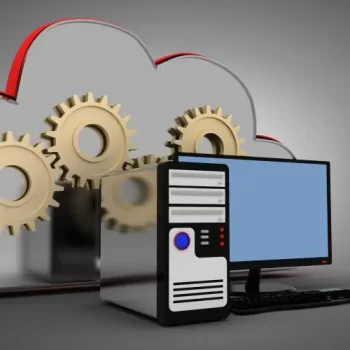Infrastructure asset management is an essential component of any successful business. It requires planning and thoughtful execution in order to ensure the longevity and efficiency of the organization’s assets. This article will discuss the best practices in infrastructure asset management and how they can help businesses achieve their operational goals. We will also cover the different components of an asset management system, the importance of proper asset tracking, and the benefits of implementing a cost-effective asset management strategy.
Related article: Solar Asset Management: The Complete Guide in 2023
What is infrastructure asset management
Infrastructure asset management is the process of managing the lifecycle of infrastructure assets, such as buildings, computers, networks, and other physical assets. It involves planning, budgeting, designing, constructing, operating, maintaining, and eventually decommissioning infrastructure assets.
The goal of infrastructure asset management is to ensure that infrastructure assets are available when and where they are needed while also providing value for money and maximizing their longevity. This is done by using a systematic approach to identify, assess, and manage the risks associated with the asset and its environment, such as financial, environmental, and social risks.
The asset management process involves:
- Assessing the current condition of the asset.
- Determining its future needs.
- Developing a plan for the management and operation of the asset over its lifecycle.
This plan should include strategies to minimize risks, maximize performance, and ensure cost-effectiveness. In addition, it should consider long-term sustainability objectives and how best to address them.
The overall approach to infrastructure asset management should also consider the economic, social, and environmental factors affecting the asset. It includes understanding the asset’s impact on the local community, the environment, and the economy. It also requires understanding the costs and benefits of different management strategies and how they might affect the asset’s performance.
Furthermore, infrastructure asset management should also consider how best to leverage technology to improve the management of the asset. This includes using data analytics to improve decision-making and using information systems to coordinate activities across departments and agencies.
Why is infrastructure asset management important for business growth?
Infrastructure asset management is critical for business growth because it ensures that an organization’s physical assets are used efficiently and effectively. By managing and tracking an organization’s physical assets, businesses can reduce costs, improve operational efficiency, and increase profits.
- Infrastructure asset management helps organizations maximize the use of their physical assets and reduce costs associated with maintenance and repair. With improved asset management practices, businesses can reduce costs associated with replacing assets and minimize downtime caused by asset breakdowns. This allows companies to focus their resources on areas that are more likely to result in long-term growth.
- Infrastructure asset management also helps businesses improve operational efficiency by enabling them to make more informed decisions about their physical assets. By tracking an organization’s physical assets, companies can identify areas of inefficiency and make improvements to increase productivity and reduce costs.
- Finally, infrastructure asset management can help businesses increase profits by ensuring that they use their physical assets cost-effectively. By tracking an organization’s physical assets and ensuring that they are being used efficiently, companies can increase their profits and maximize their ROI.
Overall, infrastructure asset management is critical for business growth because it helps organizations reduce costs, improve operational efficiency, and increase profits.
What are the benefits of infrastructure asset management?
Infrastructure asset management (IAM) is a strategic approach to managing physical assets and infrastructure. It is a process that enables organizations to maximize the value of their assets and infrastructure while minimizing risks and costs. IAM helps organizations make better decisions based on accurate, up-to-date information about their assets. The benefits of IAM include the following:
Improved decision-making
IAM helps organizations make better decisions about their assets. It provides the data and information needed to understand the current state of assets, their expected performance, and their potential impact on operations.

Cost savings
By monitoring and controlling assets, IAM can help organizations reduce costs associated with asset maintenance and replacement.
Enhanced risk management
IAM helps organizations identify and mitigate risks associated with assets, such as maintenance and replacement costs, obsolescence, and system failures.
Improved efficiency
IAM can help organizations optimize asset utilization, allowing them to get the most out of their assets.
Improved compliance
IAM helps organizations meet regulatory requirements and industry standards, ensuring that assets are operating safely and efficiently.
Overall, IAM provides organizations with a comprehensive view of their assets and infrastructure, allowing them to make better decisions, save costs, and manage risks. It is an essential tool for any organization looking to maximize the value of its assets and infrastructure.
Best practices for better Infrastructure Asset Management
Best practices in infrastructure asset management involve implementing a systematic and organized approach to managing physical assets, such as buildings, hardware, and other infrastructure. This approach ensures that assets are properly maintained, that costs are kept to a minimum, and that assets are used efficiently and effectively.
Proper planning
Infrastructure asset management requires careful planning and selection of the right assets for the right purpose. It includes planning for future maintenance and replacement needs, as well as determining appropriate life cycle costs and the best way to manage these assets.
Data management
Proper data management is essential for effective infrastructure asset management. It includes collecting and storing accurate data on asset locations, maintenance records, and costs. It also includes creating databases to store and analyze data that helps to inform decisions about asset investments and maintenance.
Risk management
Risk management is vital for infrastructure asset management and includes assessing and mitigating risks associated with asset use, maintenance, and disposal.
Maintenance
A well-maintained asset is essential for efficient and effective asset management. Assets must have regularly scheduled maintenance and preventive maintenance to ensure that assets remain in good condition and can provide the services they are intended to provide.
Performance management
Performance management is essential for successful infrastructure asset management. It includes monitoring and evaluating the performance of assets in order to identify potential problems and areas for improvement.

Asset replacement
Infrastructure asset management also includes developing strategies for replacing assets when they become obsolete or no longer serve their intended purpose, which includes assessing the cost of replacement and the potential impact of replacing a particular asset.
Financial management
Financial management is essential for effectively managing infrastructure assets to ensure that costs are kept to a minimum and that funds are allocated appropriately.
By implementing these best practices, organizations can ensure that their infrastructure assets are managed effectively and efficiently. This will help to reduce costs, improve service delivery, and ensure that assets are used in the most cost-effective manner.
Tips to improve infrastructure asset management to help achieve their operational goals
- Develop a comprehensive asset management plan: Define a clear asset management strategy that outlines business objectives, asset inventory and maintenance goals, and asset tracking and reporting processes.
- Utilize asset management software: Leverage technology to ensure assets are accurately tracked and monitored.
- Establish an asset management team: Establish an asset management team that is responsible for the implementation of the asset management plan.
- Establish policies and procedures: Create and implement policies and procedures that govern the use of assets and ensure best asset management practices are followed.
- Perform regular asset audits: Perform regular audits to ensure assets are being used properly and that all documentation is up to date.
- Implement preventive maintenance: Implement preventative maintenance plans to ensure assets are regularly inspected and maintained in peak condition.
- Monitor usage and performance: Monitor asset usage and performance to ensure assets are functioning properly and are being used as intended.
- Track and report asset information: Track and report all asset information to ensure accurate asset records are maintained.
- Establish a budget: Establish a budget for asset acquisition, maintenance, and replacement to ensure resources are allocated properly.
- Train employees on asset management: Train employees on asset management best practices and ensure they are familiar with policies and procedures.
Related article: How Does Barcode Work in the Present Day?
Final Note
When it comes to infrastructure asset management, best practices are essential to ensure the success of your organization. You can effectively manage and maintain your assets by analyzing your infrastructure, creating an asset management strategy, and implementing processes to reduce risks. Optimizing your infrastructure asset management through best practices can ensure your organization’s longevity and success.



















